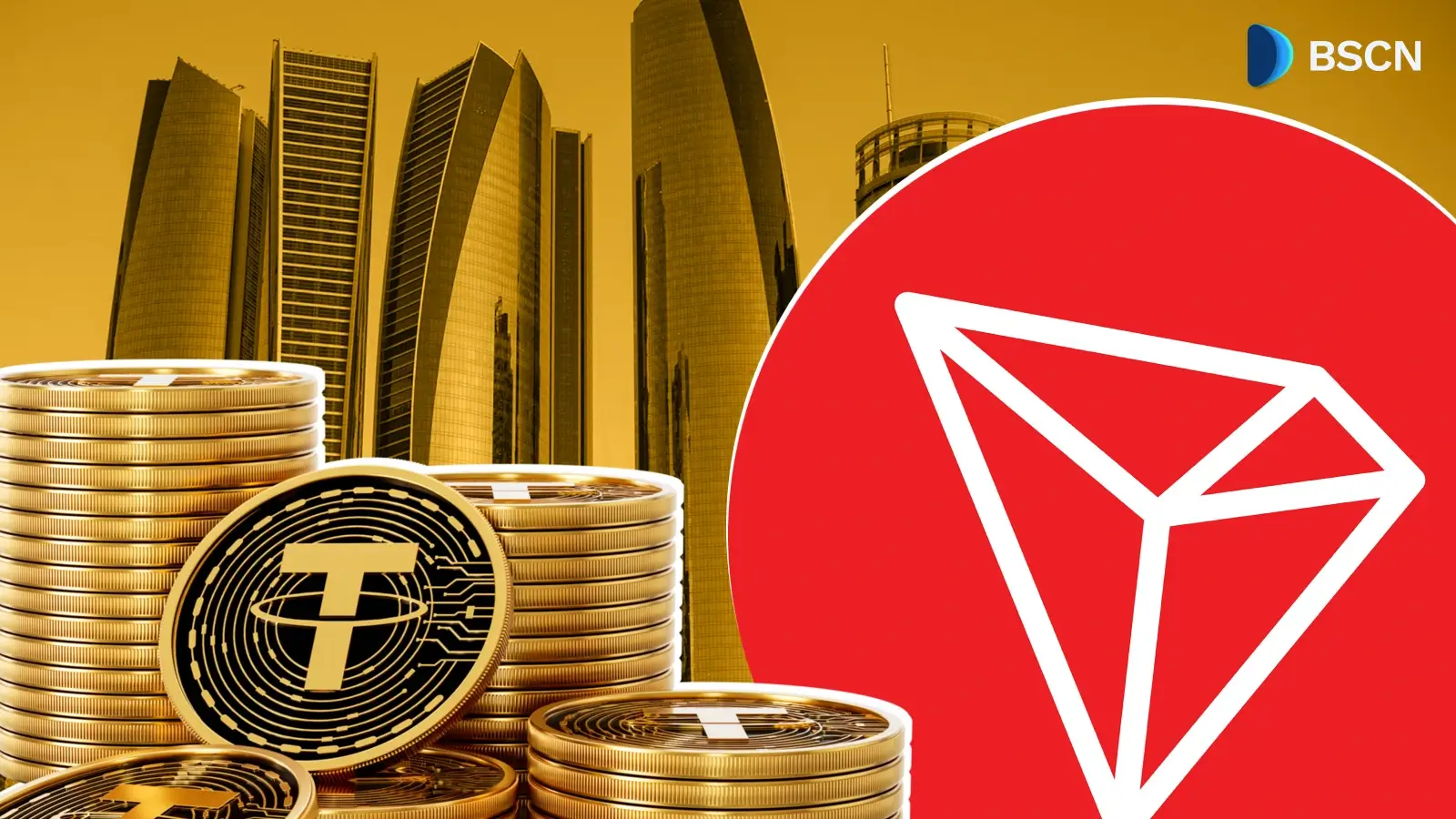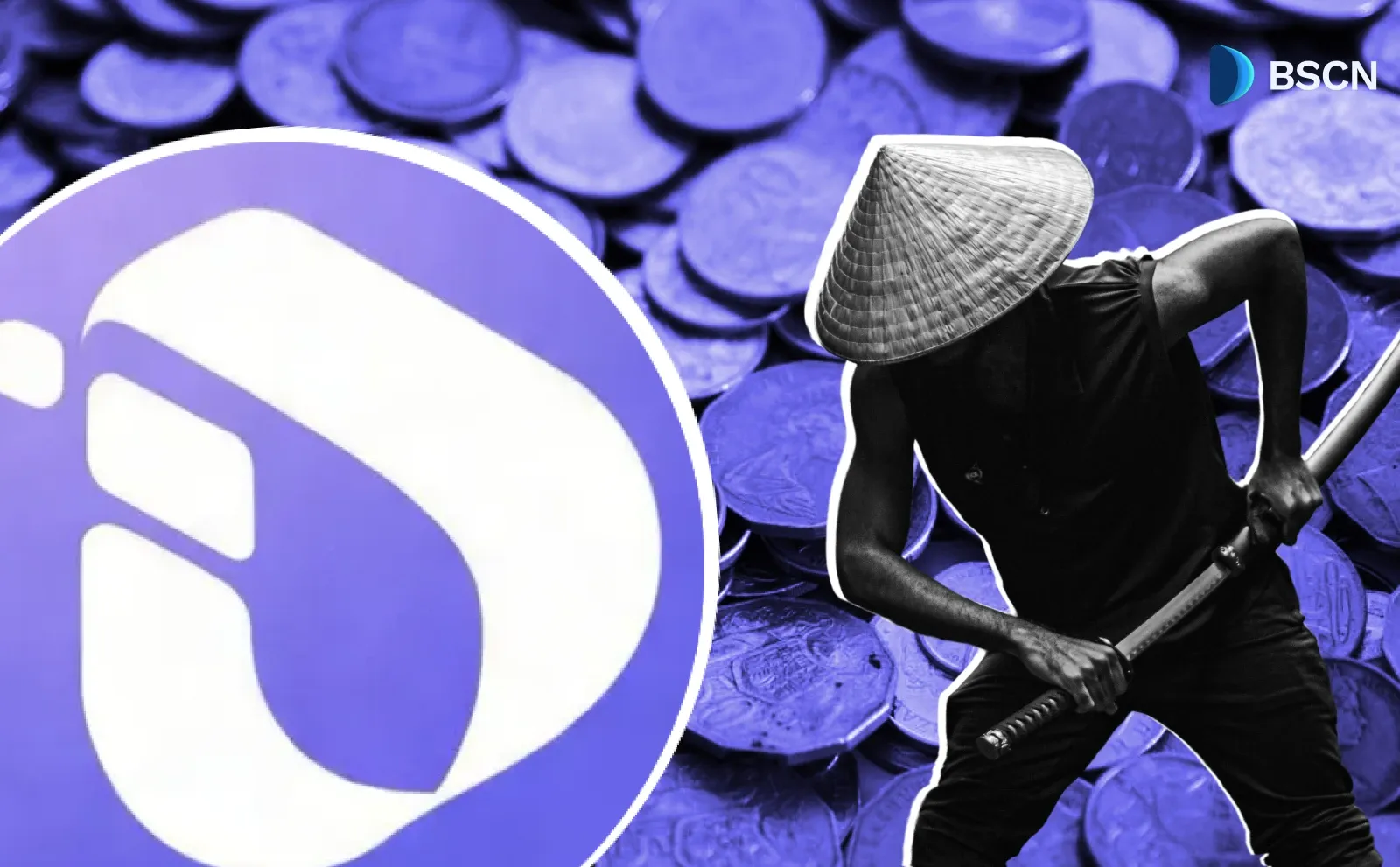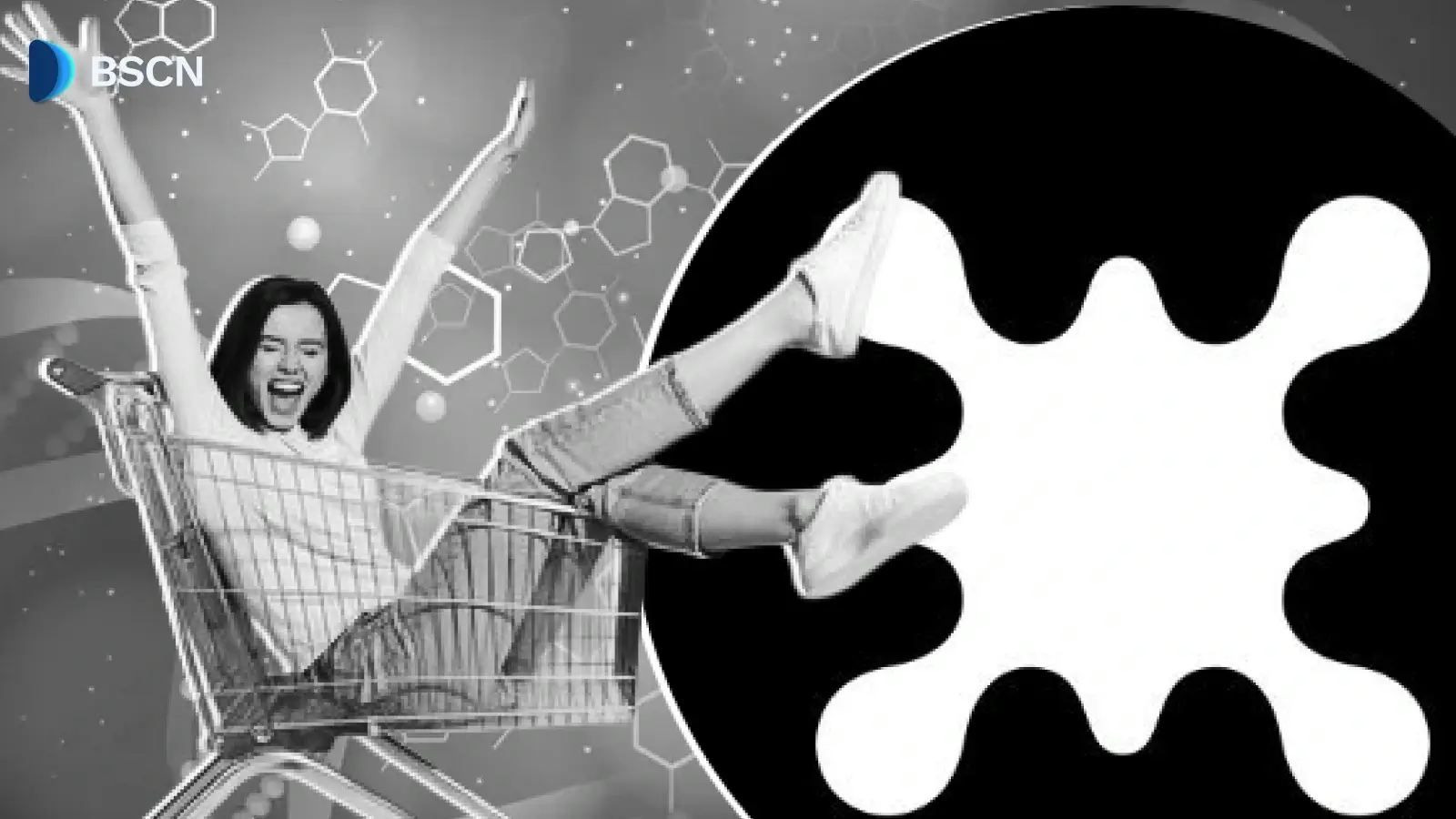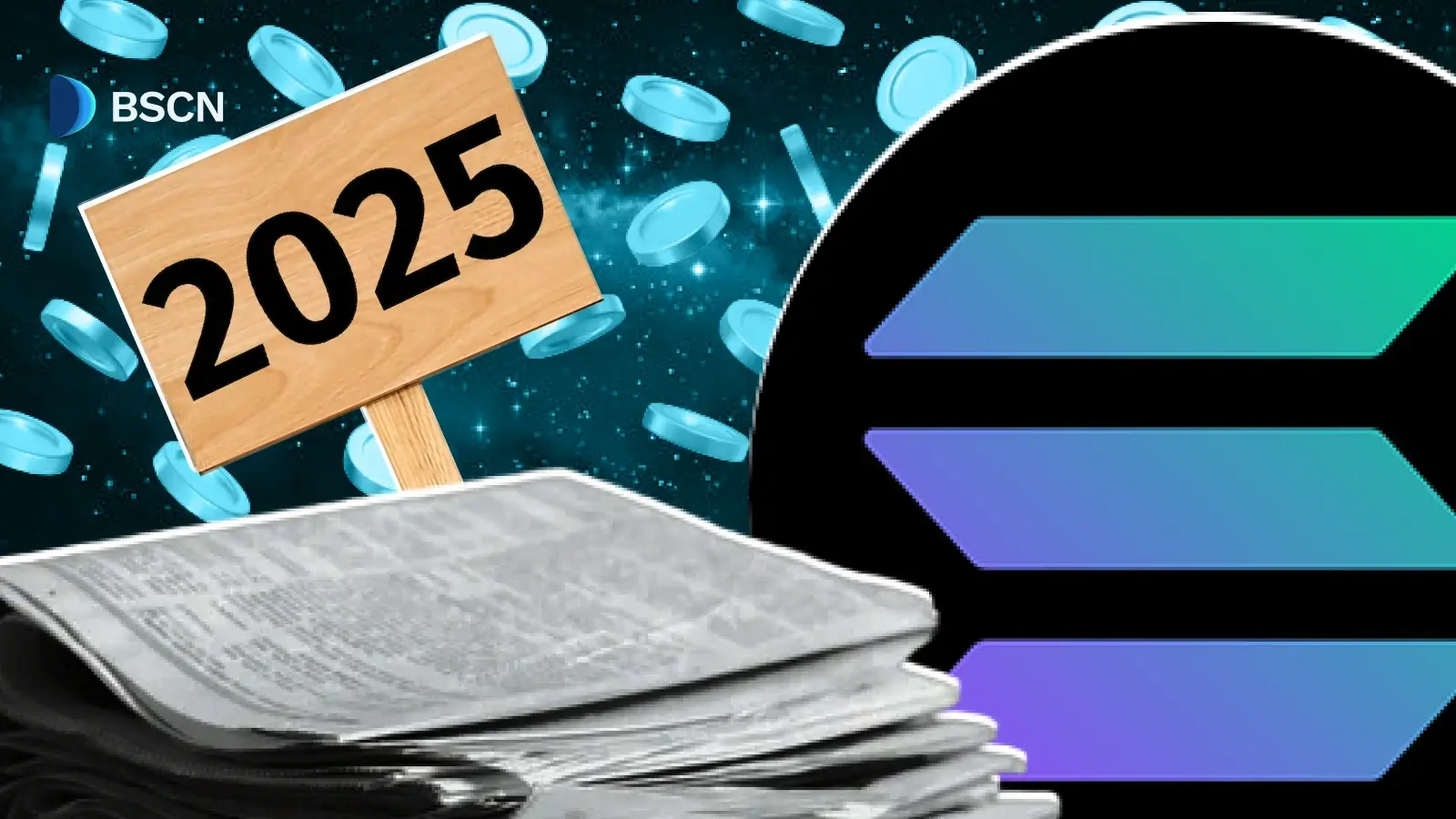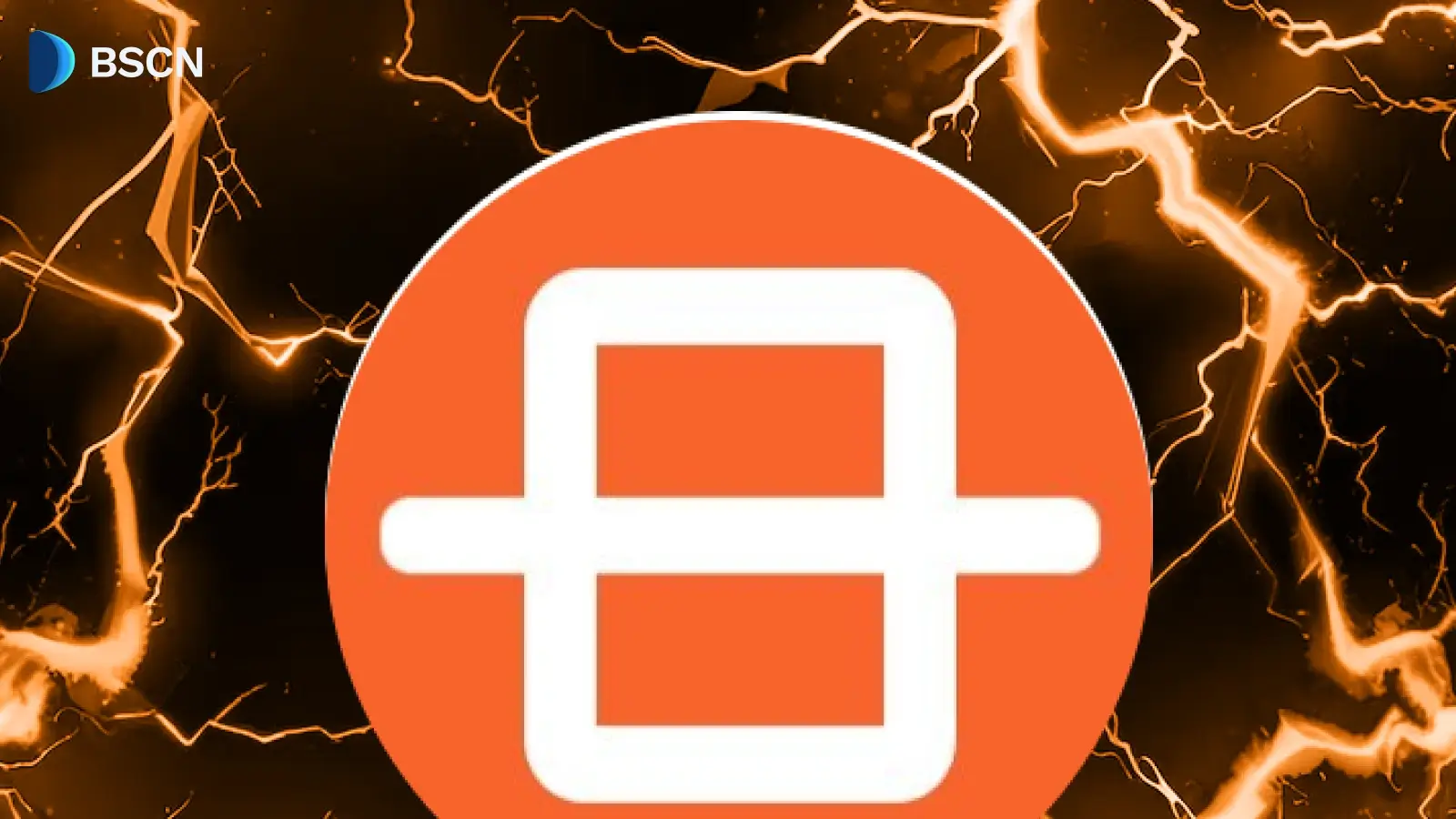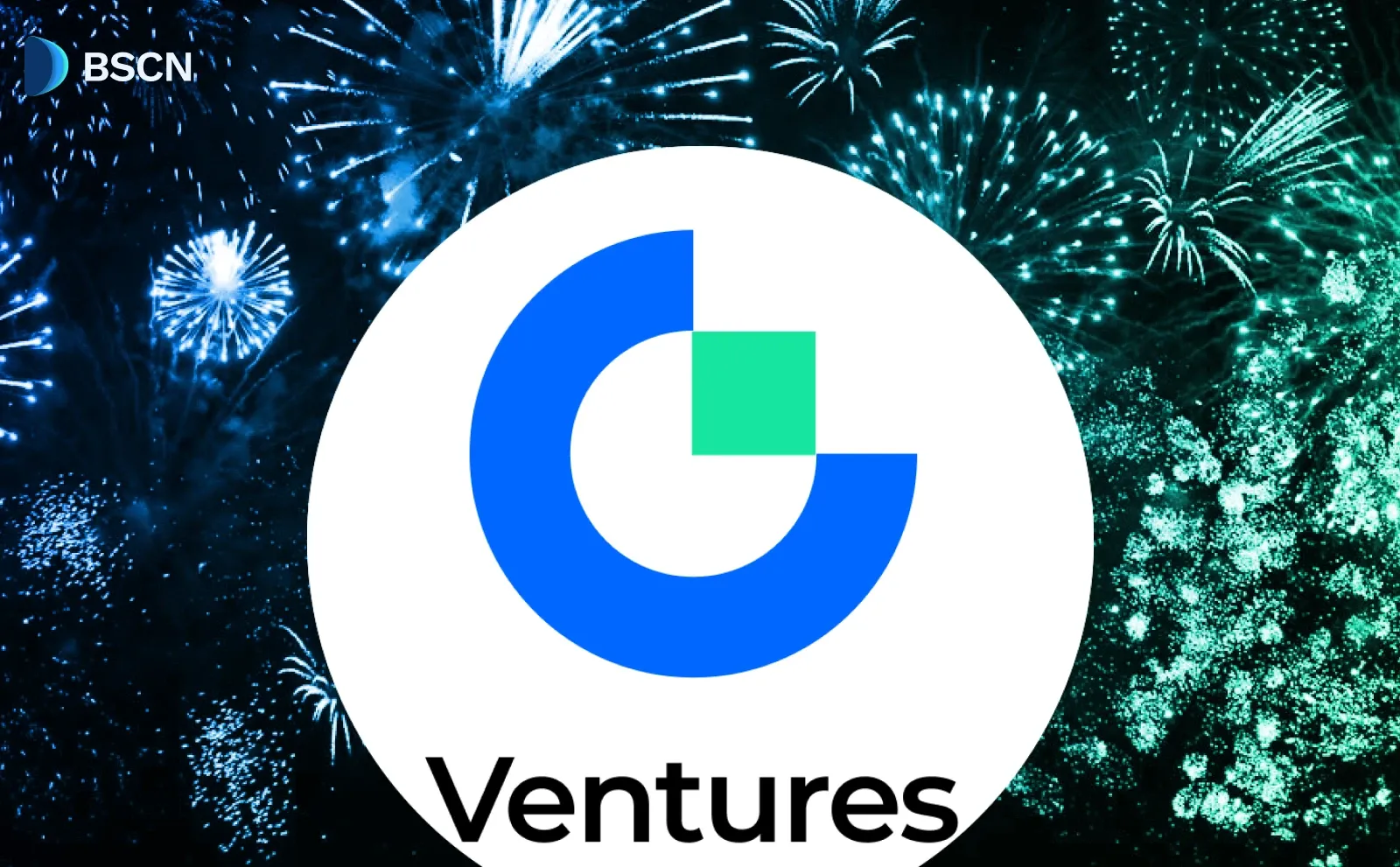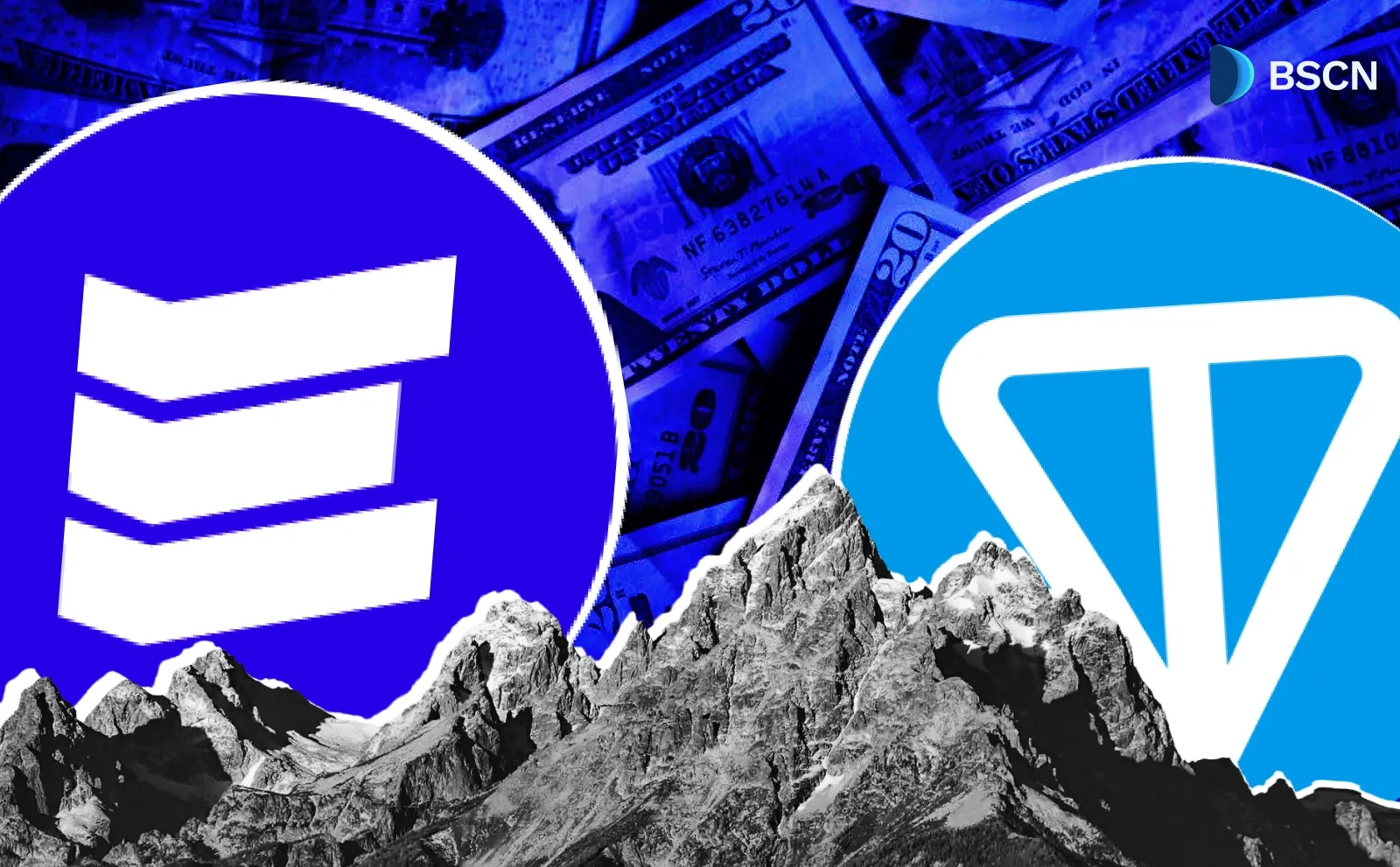Research
(Advertisement)
Exploring the Mechanics of InterLink’s Human Node Reward Burn System

InterLink's new burn system penalizes inactive Human Nodes by reducing pending $ITLG rewards. Here’s how the mechanism works and why it matters.
Miracle Nwokwu
July 29, 2025
(Advertisement)
Table of Contents
InterLink, a blockchain project emphasizing human verification, has introduced a mechanism to manage its network of Human Nodes through a burn system. This approach, recently approved by its community via a decentralized autonomous organization (DAO) vote, aims to maintain network integrity by targeting inactive participants. Here’s a detailed look at how this system operates, its implications, and the broader context within InterLink’s ecosystem.
What Triggers the Human Node Burn Mechanism?
The burn mechanism activates when Human Nodes—verified individuals who help secure the network using their mobile devices—become inactive. Inactivity is defined as a lack of participation in transaction verification, a core function of these nodes. On July 17, 2025, InterLink proposed this upgrade, which passed with 72% community support by July 21. The system uses an exponential formula to reduce the $ITLG rewards held by these nodes, doubling the burn amount each cycle. This process can run up to 64 cycles per day.
The formula is straightforward: Total Burned = HHP × Base Reward. Here, HHP (Human Hash Power) represents the node’s contribution capacity, while the Base Reward is a predetermined value tied to active participation. As rewards diminish, the system monitors the node’s reward pool. Once it hits zero, the node is automatically disconnected from the network. This disconnection also affects the inviter, who loses any referral rewards linked to that node—specifically, direct and indirect rewards of 1,000, 500, or 250 $ITLG.
How the Burn Process Unfolds
The burn process is incremental. Each cycle, the amount of $ITLG burned doubles, creating a steep decline in rewards for inactive nodes. For example, if the initial burn is 10 $ITLG, the next cycle might see 20 $ITLG burned, then 40, and so on, capping at 64 cycles. This escalation ensures that prolonged inactivity leads to a complete depletion of rewards. Importantly, only pending rewards are affected; $ITLG earned from past mining remains safe, preserving some value for past efforts.
When a node’s reward pool empties, the disconnection is immediate. The inviter’s loss of referral rewards serves as an additional incentive to ensure active participation across the network. This design choice reflects InterLink’s goal to prioritize engagement, as noted in posts from the project’s team, which stress that active nodes are vital for a secure, decentralized future.

Why the Mechanism?
InterLink’s burn mechanism addresses a common challenge in blockchain networks: maintaining decentralization without relying solely on financial or technical barriers. Traditional systems like Proof of Work or staking require significant investment in hardware or capital, limiting participation. InterLink’s Human Node concept allows anyone with a smartphone to contribute, using biometric verification to confirm real human involvement.
By burning rewards from inactive nodes, InterLink encourages continuous engagement. The project’s team argues this shift from computational security to human verification offers a counter to issues like deepfakes and automated fraud, prevalent in the AI era. The mechanism also aims to reinforce fairness, ensuring rewards flow to those who actively verify transactions and invite others, expanding the node network.
InterLink’s V3 App Update and Active Bounty Season 2
This burn mechanism ties into recent developments. On July 17, InterLink launched version 3.1 of its app, addressing bugs like crashes during face verification and enhancing security with an updated Face Verification SDK. The app now tracks active users in real-time and uses automatic updates via Expo Updates, showing a commitment to improving user experience. Alongside this, Active Bounty Season 2, launched July 3, offered over $23,000 in rewards to boost new user sign-ups, though it was paused mid-month to address fairness concerns from cheating attempts.
The project’s growth is notable. Reaching 2 million users in 14 days underscores its appeal, driven by initiatives like the bounty and a reported strategic investment from Google. The pause in Season 2 offers the team an opportunity to refine mechanics and protect genuine contributors. Customer support expansion further signals an effort to maintain trust amid this rapid scaling.
Why Activity Matters for Users
For individuals participating as Human Nodes, staying active is crucial. Mining $ITLG and inviting others earn rewards based on Active Points—500 for direct invites, 250 for indirect ones, with extra points possible through quality X posts. This dual focus on mining and recruitment aims to build a large, active network, which InterLink sees as key to competing with other blockchains. Once sufficient nodes are active, the project plans to require $ITLG as a gas fee for decentralized applications (dApps) migrating to its platform.
Inactivity, however, triggers the burn. Users must log in regularly, verify transactions, and engage to avoid losing rewards. The inviter’s stake adds a social layer, encouraging community support. InterLink believes that this human-powered approach could set a new standard for decentralization.
Final Thoughts…
The burn mechanism introduces a dynamic where node operators must balance effort and reward. For active users, it offers a clear path to earnings, with top bounty rewards including a MacBook Pro and cash prizes. For inactive ones, it poses a risk of losing all pending $ITLG. The system’s reliance on exponential burns could deter casual participants, potentially narrowing the user base to dedicated miners.
InterLink’s Human Node burn mechanism is a structured effort to sustain a decentralized network through active participation. With its recent upgrades and user growth, the project continues to evolve.
Sources:
Read Next...
Frequently Asked Questions
What is the InterLink Human Node burn system?
The InterLink Human Node burn system is a mechanism that reduces pending $ITLG rewards for inactive Human Nodes. Inactivity is defined as failing to verify transactions. When triggered, the system uses an exponential formula to burn increasing amounts of $ITLG per cycle, potentially disconnecting the node after its reward pool hits zero.
How does the $ITLG burn formula work?
The formula used is: Total Burned = HHP × Base Reward HHP stands for Human Hash Power, indicating a node's contribution. The burn amount doubles with each cycle, up to 64 cycles daily, ensuring rapid depletion of pending rewards for inactive nodes.
What happens when a Human Node is disconnected?
When a Human Node’s pending reward pool reaches zero, it is immediately disconnected from the network. Additionally, the inviter loses associated referral rewards, including direct and indirect bonuses of 1,000, 500, or 250 $ITLG, as a further incentive to ensure node activity.
Why did InterLink introduce this burn mechanism?
InterLink introduced the burn system to promote decentralization and sustained engagement without heavy financial or hardware demands. By penalizing inactive nodes, it ensures rewards go to real, active human participants, countering AI abuse and supporting fairness across the network.
Disclaimer
Disclaimer: The views expressed in this article do not necessarily represent the views of BSCN. The information provided in this article is for educational and entertainment purposes only and should not be construed as investment advice, or advice of any kind. BSCN assumes no responsibility for any investment decisions made based on the information provided in this article. If you believe that the article should be amended, please reach out to the BSCN team by emailing [email protected].
Author
 Miracle Nwokwu
Miracle NwokwuMiracle holds undergraduate degrees in French and Marketing Analytics and has been researching cryptocurrency and blockchain technology since 2016. He specializes in technical analysis and on-chain analytics, and has taught formal technical analysis courses. His written work has been featured across multiple crypto publications including The Capital, CryptoTVPlus, and Bitville, in addition to BSCN.
(Advertisement)
Latest News
(Advertisement)
Crypto Project & Token Reviews
Project & Token Reviews
Comprehensive reviews of crypto's most interesting projects and assets
Learn about the hottest projects & tokens






